#Hans Moser
Text




Der Theodor im Fußballtor (1950)
Hans Moser (Theo Haslinger Sr.)
&
Josef Meinrad (Theo Haslinger Jr.)
#der theodor im fußballtor#hans moser#josef meinrad#MeMo#original odo edit#ollie's oldies#ollie's austrians#for ages this film was thought to be missing#but apparently someone found a belgian copy of it quite recently#and now it's out on dvd#unfortunately with dutch and french subtitles always in frame which makes giffing it an awful business#and it is NOT a good film (then again - which of those 50s comedies really are?)#I mainly bought it because I wanted to see moser and meinrad play father and son#and it did not disappoint there!
5 notes
·
View notes
Text




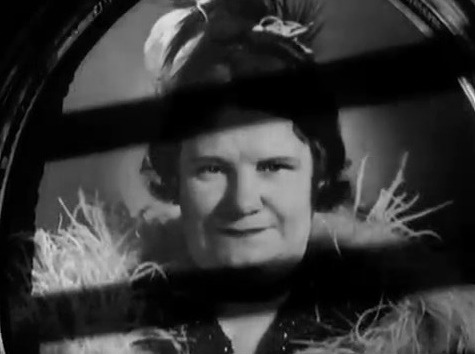
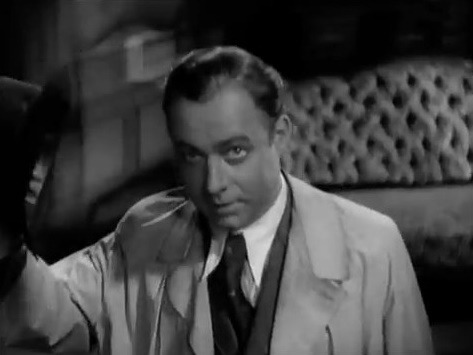

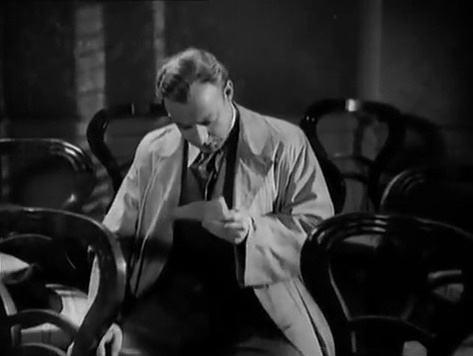



dreizehn stühle, e.w. emo 1938
4 notes
·
View notes
Text
19 giugno … ricordiamo …
19 giugno … ricordiamo …
#semprevivineiricordi #nomidaricordare #personaggiimportanti #perfettamentechic
2022: Marina Marfoglia, è stata un’attrice, cantante, modella e ballerina italiana. Ragazza-copertina e modella per fotografie destinate alle cartoline illustrate di località turistiche, recitò fra il 1965 e i primi anni ottanta, comparendo in pellicole del cinema d’autore e della commedia all’italiana molto in voga in quei decenni. Fece parte del corpo di ballo di Don Lurio e della compagnia de…

View On WordPress
#19 giugno#19 giugno morti#Adriano Rimoldi#Anton Yelchin#Brian Cant#Coluche#Don Diamond#Ed Wynn#Götz George#Geraldine Brooks#Hans Moser#Isaiah Edwin Leopold#James Gandolfini#Jean Arthur#Johann Julier#Krista Nell#Lenerd George Greene#Leon Greene#Marina Marfoglia#Mario Soldati#Maxine Reiner#Michel Gérard Joseph Colucci#Natalie Talmadge#Peppino De Martino#Reed Jones#Richard Lynch#Ricordando ..#Ricordiamo#Ursula Schmidt#Ursula Thiess
0 notes
Text

I took so many cute pictures of my new little cat over the last two days since I got him. But this one sends me.
0 notes
Text
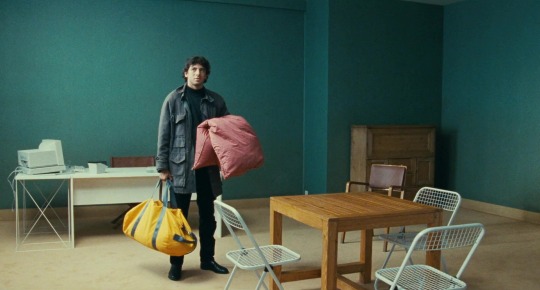
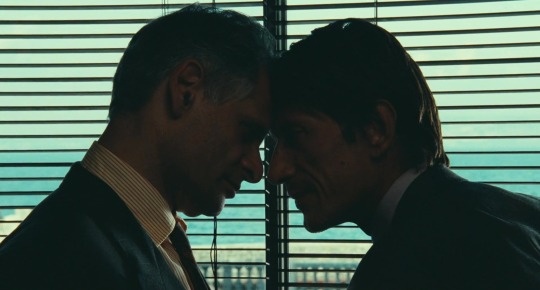

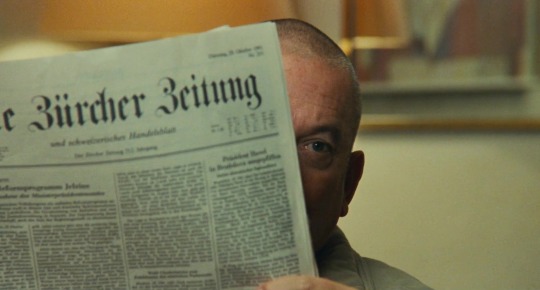

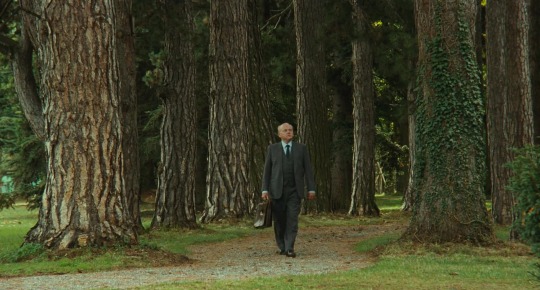
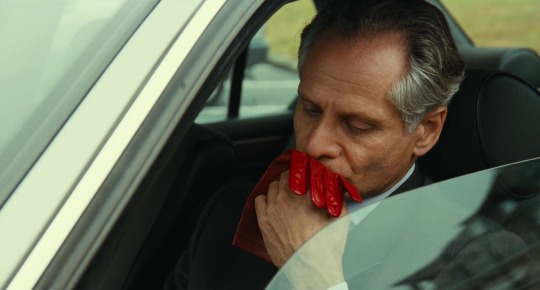
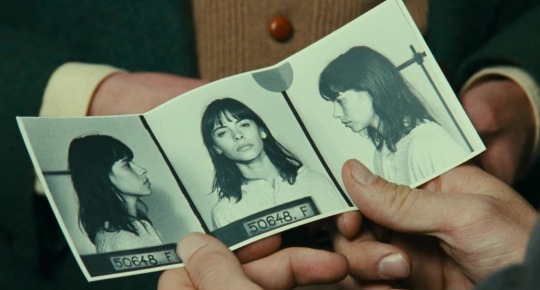

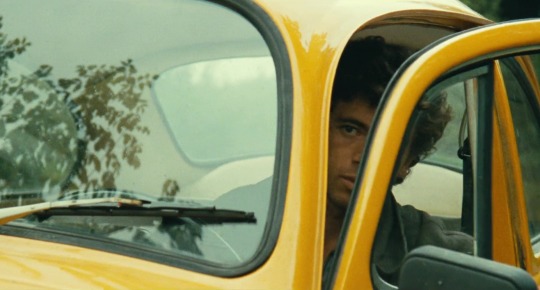

Toutes peines confondues (AKA Sweetheart) | Michel Deville | 1992
#Michel Deville#Toutes peines confondues#1992#Sweetheart#Patrick Bruel#Jacques Dutronc#Bruce Myers#Sophie Broustal#Hans Heinz Moser#Mathilda May#Jean Dautremay#Eric da Silva
54 notes
·
View notes
Text
youtube
Hans Werner Henze, Nachtstücke und Arien. Poemas de Ingeborg Bachmann.
Christoph von Dohnányi, director
Edda Moser, soprano
4 notes
·
View notes
Text
Salt Lake Cities STOPS and STATIONs
Tauplitz
Markus Moser: Seeyou #2
Als ich zum ersten Mal von dem Ausstellungskonzept „Überwachungskameras“ des Künstlers Markus Moser im Bahnhof Tauplitz hörte, war ich nicht begeistert. Das Thema deprimierte mich, also musste ich allen Mut und neue Kraft für den richtigen Augenblick sammeln. Der war letzten Samstag, nach einer anstrengenden Wanderung. Gleich an der Eingangstür begrüßte mich der…

View On WordPress
#Adriana Torrers Topaga#Hans Ostapenko#Judith Lilla Molna#Markus Moser#Salt Lake Cities STOPS and STATIONs#Salzkammergut 2024
0 notes
Text
Political Classical: Conflict in the Concert Hall, Hans Werner Henze's "Das Floß der Medusa" (1968), then and since then.
Political Classical: Conflict in the Concert Hall, Hans Werner Henze's "Das Floß der Medusa" (1968), then and since then
Cover of the original vinyl release of “Der Floss der Medusa”
The 1913 riotous premiere of Stravinsky’s “Rite of Spring” is pretty well known in classical music history. Sandwiching the premiere of his masterpiece of modernism between well known conservative chestnuts such as “Les Sylphides” (an orchestration by Alexander Glazunov of piano music by Chopin, 1907-9) which opened the concert along…

View On WordPress
#20th century#avant garde#Charles Regnier#Che Guevara#classical#Classical Music#Composers#contemporary music#Dietrich Fischer-Dieskau#Edda Moser#Ernst Schnabel#Gaston Salvatore#Hans Werner Henze#Henning Sidow#Jazz#Modern Music#Music#New Music#North German Radio Choir#percussion#political music#Politics#RIAS Chamber Choir#St. Nikolai Boys&039; Choir
0 notes
Text






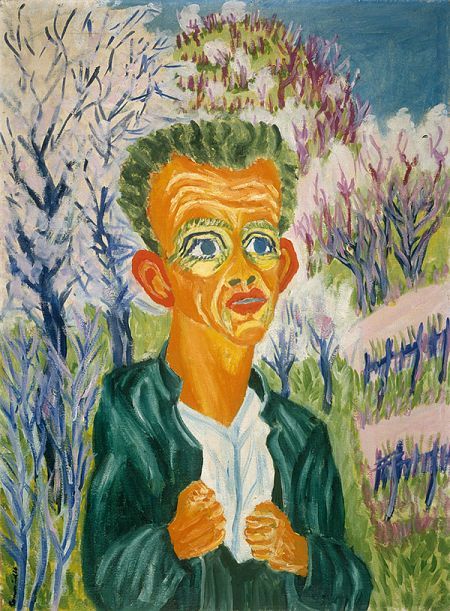
Paul Camenisch (1893 - 1970) was a Swiss architect, draftsman and painter. He was a co-founder of the expressionist artist groups «Rot-Blau» (also of "Rot-Blau II") and the «Gruppe 33».
Camenisch studied architecture at the ETH Zurich under Karl Moser. From 1916 to 1919 he was a construction manager in East Prussia, Danzig and Berlin. From 1921 to 1924 he painted his first watercolors with fantastic architectural landscapes. In 1924 he moved to the "Villa Loverciano" in Castel San Pietro in Mendrisiotto. There his friends Hermann Scherer and Albert Müller encouraged him to paint and from 1925 he turned away from architecture completely and became a full time artist.
On New Year’s Eve 1924/1925, Paul Camenisch, Hermann Scherer and Albert Müller founded the Group "Rot-Blau”, an artists’ association modeled on “Die Brücke”, which made the most important contribution to Swiss Expressionism.
In the summer of 1926, Camenisch and his future wife Martha Hörler spent three months with Ernst Ludwig Kirchner in Frauenkirch for the first time ; further stays followed. In the same year, the third and final exhibition of the artist group "Rot-Blau" took place in the Kunsthalle Basel, organized by the sponsor and curator Wilhelm Barth. Kirchner acquired the portrait of the sculptor Hermann Scherer from Camenisch and shortly afterwards donated it to the Museum Folkwang in Essen. There it was confiscated in 1937 in the Nazi campaign " Degenerate Art ". It was shown in 1937 in the Nazi exhibition " Degenerate Art " in the Haus der Kunst in Munich and has been considered lost ever since.
Camenisch initially based his work on Ernst Ludwig Kirchner in terms of color and form. At the beginning of the 1930s, his style moved away from expressionism.
After the deaths of Scherer and Müller, the "Rot-Blau", also known as "Rot-Blau" II", was re-founded in 1928 with Hans Stocker , Coghuf (Ernst Stocker), Otto Staiger, Charles Hindenlang and Max Sulzbachner.
In 1933 he married Martha Hörler and in the same year he was one of the co-founders of the Basel artists' association " Group 33 "; he was its president from 1937 to 1952. In 1953 he was expelled from the group because of alleged political activities on a cultural trip to Russi. In fact, alongside his painting, Camenisch was intensively involved in political work, initially in various aid committees such as the founding of the "Aid Organization for Women and Children in Germany" and in aid for emigrants, supported by his wife who was also a politically active member of the PdA . Due to the predominantly politically motivated artistic and social isolation, galleries in Basel were put under pressure by the Hypothekarbank to stop exhibiting Camenisch.
In 1959, Camenisch was able to present his work in a major solo exhibition at the Musée de l'Athénée in Geneva and in 1962 in Prague. He was involved in the preparations for a comprehensive exhibition of his work in August/September 1970 at the Kunsthalle Basel, but died on February 13 of the same year. He was buried in a grave in the Hörnli cemetery .
18 notes
·
View notes
Text
somebody had requested a masterlist but i lost my draft as a response for it, so i’m gonna write it out here and hope they say it. these are my main interests and what characters i’ll write for, there are still tons of things not mentioned i’ll write for (such as, i’ll still write for ahs and gotham.)
i primarily write smut now, which is why i post on ao3 more, but i’ll still write sweet stuff, sad stuff, etc.
DEXTER
- dexter morgan
- debra morgan
- joey quinn
- angel batista
- rita bennett
- brian moser
- miguel prado
- travis marshall
- oliver saxon
PENNY DREADFUL
- ethan chandler
- vanessa ives
- sir malcolm murray
- dorian gray
- victor frankenstein
- brona croft
i’ve only seen up to the end of s1 so far, but i will write for dracula and jekyll in the future <3
PREACHER
- jesse custer
- tulip o’hare
- proinsias cassidy
- eccarius
- jesus
AMERICAN GODS
- shadow moon
- laura moon
- mad sweeney
- bilquis
- mr world
- tech boy
- mr wednesday
STAR WARS
- originals (han solo, luke skywalker, leia organa, boba fett, lando calrissian, darth vader)
- prequels (anakin skywalker, obi-wan kenobi, padmé amidala, bail organa)
- sequels (finn, poe dameron, general hux, rey skywalker, han solo, d.j.)
- stand-alones (cassian andor, bodhi rook, han solo, lando calrissian)
- shows (din djarin, cobb vanth, cassian andor, syril karn, obi-wan kenobi)
HORROR
for these ones there’s too many characters i’d write for to list off, so just request someone and see if i’ll write them. if not i’ll tell you.
- the scream films
- the final destination films
- the evil dead films/ash vs evil dead
- interview with the vampire (1994/2022)
- fright night (2011)
- twin peaks
- the mike flanagan-verse
HBO SHOWS
same deal as horror, rq someone and i’ll let you know
- true blood
- boardwalk empire
- six feet under
- the righteous gemstones
- band of brothers
- the sopranos
- succession
- veep
- true detective (only seen s1 so far)
MISCELLANEOUS
- anything i’ve written for previously
- sons of anarchy
- the magic mike films
- you (tv show)
- the top gun films
- scoot mcnairy characters
- mozart in the jungle
- ray donovan
- workaholics
i’m sure i’m forgetting some things, but here you go !! <3 rq and i’ll get to it. some things i might post on my ao3, ianmckinley.
#dexter#penny dreadful#american horror story#ahs#preacher#american gods#star wars#horror#fan fiction#imagine#fan fic#x reader#scream#final destination#the evil dead#ash vs evil dead#interview with the vampire#midnight mass#the haunting of hill house#true blood#boardwalk empire#the sopranos#six feet under#band of brothers#the righteous gemstones#succession#true detective#sons of anarchy#you#ray donovan
11 notes
·
View notes
Text
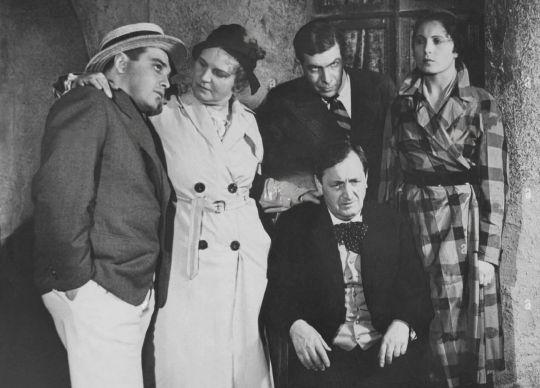
Let us enter "Tales from the Vienna Woods" (Geschichten aus dem Wienerwald) at its premiere!
(L-R) Peter Lorre, Lucie Hoeflich, Hans Heilinger, Hans Moser (in front), and Carola Neher at the Deutsche Theater in Berlin, November 1931.
Peter Lorre plays Alfred:
The play is set just before the Austrofascist takeover. It tells the fate of the naive Marianne, who breaks off her reluctant engagement with Oskar after falling in love with a fop named Alfred who has no serious interest in returning her love. For this error, she must pay bitterly. Wiki
A fop!

Peter Lorre, Lucie Hoeflich, Frieda Richard, Carola Neher, Hans Heiliger, Hans Moser, "Tales from the Vienna Woods," 1931.
Dramatist-writer Odon von Horvath won the Kleist Prize for this.
#peter lorre can play fops all he wants#peter lorre#peter lorre theatre#berlin theatre#1931#Tales from the Vienna Woods#Odon von Horvath#Deutsche Theatre
11 notes
·
View notes
Text

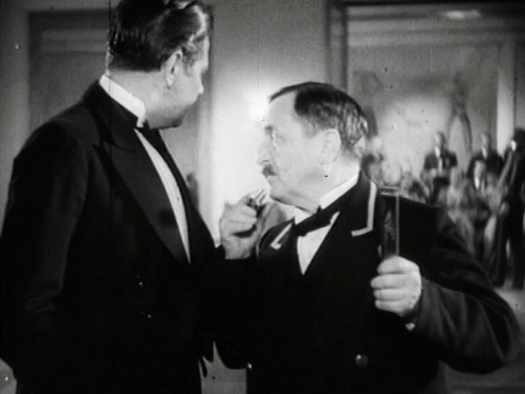

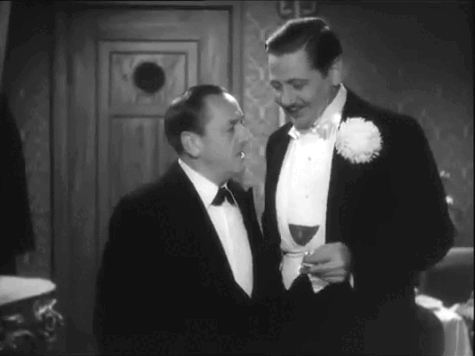





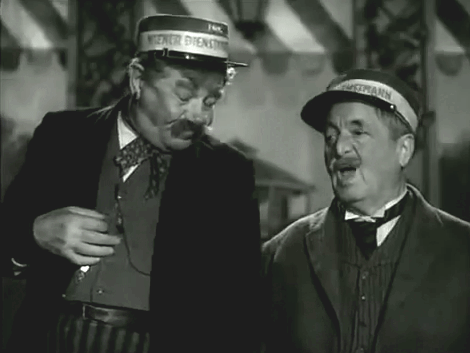

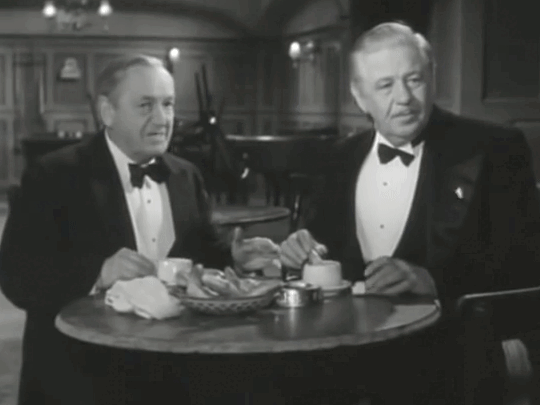


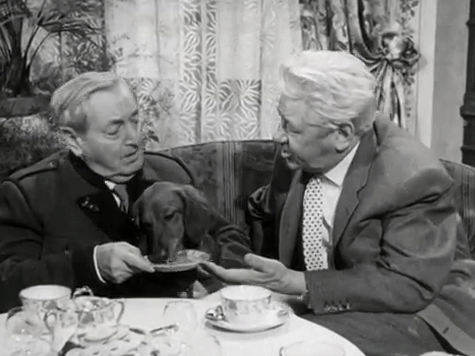
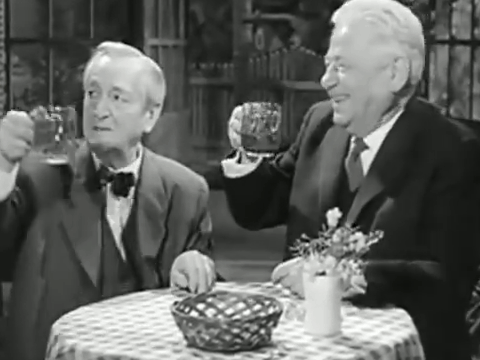
Hans Moser & Paul Hörbiger
#hans moser#paul hörbiger#MoHö#original odo edit#ollie's oldies#ollie's austrians#endstation#endstation 1935#schabernack#schabernack 1936#immer wenn ich glücklich bin#der opernball#der opernball 1939#wiener g'schichten#wir bitten zum tanz#schwarz auf weiß#schrammeln#schrammeln 1944#der hofrat geiger#hallo dienstmann#ja so ist das mit der liebe#ober zahlen#hallo taxi#und du mein schatz bleibst hier#freunde für's leben#drei liebesbriefe aus tirol#die bessren älteren herrn#only ones potentially missing because I couldn't find them: der verjüngte adolar (1935) and ... und wer küsst mich? (1956)#then there are seven more in which they are both credited but for a variety of reasons don't share the screen
1 note
·
View note
Text
Tres premios Nobel de Medicina han resaltado la calidad científica del CONICET. Phillip Sharp, Edvard Moser y Michael Rosbash colaboraron con el organismo argentino, destacando su prestigio internacional y su impacto en la ciencia global. 🌟

0 notes
Text
- “Ma cha (for more inf)”
- “(Richard Mills is) (“so”) obviously (a psy op)”
- “Maiko Schnelle”
- “Rüdiger Biedermann”
- Image of someone who I perceived to be my best friend, having boots handed over to him by someone who I perceived to be a villain (+ a more subtle, nefarious variation which was difficult to conceive)
- “Mehrlain (Merlin Wenzel)” - “Zauberer” (Ger: Magician)
- Images of wrist watches (“chronographs”), some looking similar to H Moser & Cie - image of a wristwatch with the bottom of the dial being pointed towards me - image of it’s minute hand spinning back and forth next to 6 o’clock - image of it stopping at 6 o’clock and the left side of the image illuminating with sunlight
- Image of something looking like an (IT) server (“(pc) hardware”) with some blue goo spilled over it
- Artificial dream of a woman holding me down by my wrists and percievingly hypocritically talking about king safety (chess jargon), about to eat my chest
- “Chest”
- “King safety”
- “(…who are deeply insulted by you transmitting (“allocating”) these) costs”
- “Tall order”
- “Who blows?” - “Who goes?” - “Who glows?” - “Shining one”
- “(Mütze) Glatze” (Initial ref: ger. proverb for masturbation) - “Kristina Schmitt”
- “Hans” (partial reference to an old classmate of mine)
- Torture threat
- “Sascha Ederer” - “Messer” (Ger: knife)
- “Sasquatch”
- “Hailey Williams”
- “Henry Cavill”
- Torture threat (initial reference to me)
_____________________________________________
REPORTS
- My reading lamp automatically turning off since a week or so, every time I finish reading
_______________________________________
______
PLEASE READ
How I handle threats I receive (Last Update: 11. 7. 2024):
0 notes
Text
1 note
·
View note
Text
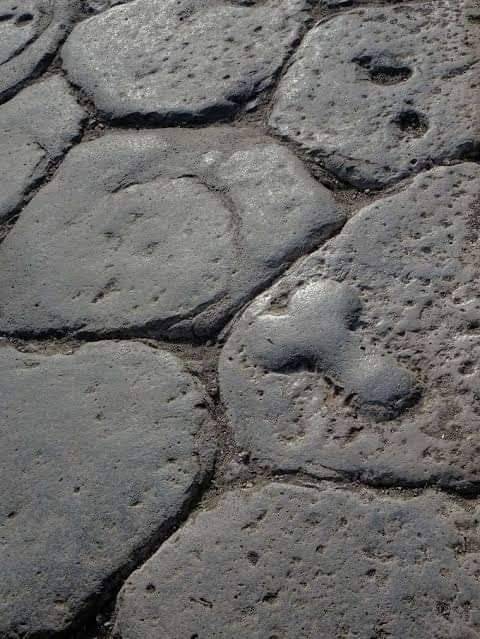
Una talla fálica en Pompeya señalaba eufemísticamente el camino a un burdel:
Se pueden encontrar tallas romanas que representan un falo incorpóreo en asentamientos desde el centro de Italia hasta las fronteras del Imperio. Ciertamente hay muchas tallas fálicas in situ en Pompeya y, en particular, hay al menos un burdel: Vicolo del Lupanare, un edificio de dos pisos con diez habitaciones, cada una con una cama de piedra y, a menudo, acompañada de frescos gráficos que representan actos sexuales.
La afirmación del “falo del burdel de Pompeya” parece estar particularmente asociada con una piedra tallada a nivel del suelo sobre un gran adoquín en el Decumanus Maximus, Via Abbondonza (Regio VII, insula 13) (Moser 2006, p. 54, fig. 44). Circunstancialmente, sigue siendo parte de la interpretación del sitio para los turistas. Los investigadores afirmaron que estos signos de falo se usaban generalmente para los visitantes que no sabían leer en latín y es posible que necesitaran otras señales para encontrar un burdel. Según un trabajo reciente de Levin-Richardson (2019, p. 116) planteó la posibilidad de que la distribución desigual de los graffitis entre las habitaciones del prostíbulo pompeyano (se encuentran principalmente en las dos habitaciones más orientales) indique que el prostíbulo no estaba funcionando a su máxima capacidad. y por lo tanto puede haber sido un “experimento [empresarial] fallido”. Entonces, incluso si hubiera tallas apuntando hacia este burdel, no funcionaron lo suficientemente bien como publicidad.
Otra teoría sugirió que se habla mucho del uso de imágenes fálicas, pero cuando lo hacen es para describir una función protectora o ritual: Aristófanes (Acharnianos 241-4); Varró (De Lingua Latina 7,97); Plinio el Viejo (Historia Natural 28.7). La evidencia arqueológica de otras partes del Imperio Romano nos dice mucho más porque se han encontrado tallas fálicas en muchos lugares diferentes. Un ejemplo particularmente famoso de Leptis Magna (Libia moderna) representa un falo grande y erecto con patas de animal y una cola rizada; tiene un falo secundario, pero aún grande, entre las piernas que utiliza para eyacular en un ojo incorpóreo. El ojo en esta imagen es Evil Eye, la encarnación romana de la mala suerte y las circunstancias desfavorables. Los humanos, los dioses y los demonios podían lanzar Evil Eye, a veces sin saberlo.
Había muchos amuletos, gestos, oraciones y otros dispositivos apotropaicos dedicados al propósito de alejarlo, entre los cuales las imágenes fálicas eran una. En términos generales, Evil Eye podría quedar “fascinado” por imágenes maravillosas, extrañas y obscenas y, por lo tanto, distraerse de hacer daño a las personas. Por esta razón, las imágenes fálicas eran omnipresentes en el mundo antiguo y especialmente prevalentes en todo el Imperio Romano. Se usaba con mayor frecuencia en colgantes y monturas para usar en el cuerpo, pero también se usaba en anillos para los dedos, tapas de cajas de sellos, molinillos de cosméticos, lámparas, tintinábulas y en todo tipo de otros lugares. Fueron diseñados para ser objetos llamativos que fascinarían la mirada de Eye y no un mensaje sutil para los clientes de los burdeles.
Estudios recientes de las tallas en el norte de la Gran Bretaña romana han destacado su ubicación en lugares liminales o de transición, como puertas, accesos y otros umbrales, como en el muro cortina del propio Muro de Adriano (Parker 2017; Collins 2020). Y esto también se aplica a Pompeya: la mayoría de las veces se encuentran encima de las entradas de los edificios o cerca de los cruces de calles. No se conocen burdeles en la Gran Bretaña romana y, sin embargo, se conservan más de 92 tallas fálicas. La mayoría proceden de lugares que simplemente no podrían haber albergado un burdel (centros de fuertes y fortalezas, anfiteatros, etc.). Es posible que otras creencias también hayan informado la forma y la posición de las tallas fálicas; No es universalmente cierto, pero un gran número de ellos apuntan hacia la izquierda. El lado izquierdo, o sinistro en latín, era desfavorable en el mundo antiguo (“siniestro”). Por lo tanto, las tallas fálicas podrían indicar una fuente de peligro sobrenatural.
1 note
·
View note